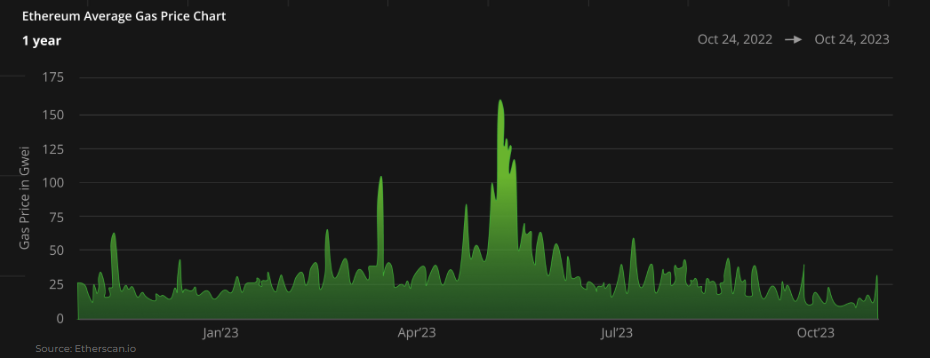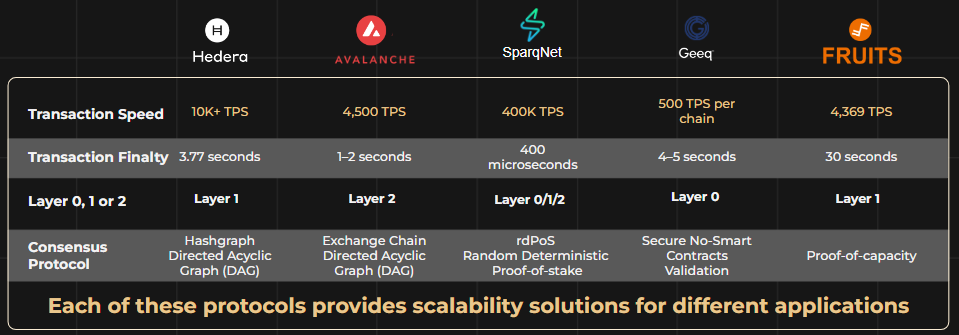The long-awaited ‘crypto spring’ may be upon us, as Bitcoin (BTC) and other cryptocurrency markets rise in anticipation of a full-blown bull market.
During the recent crypto winter, many different projects have grown, attracting users and building new networks. Some of these, like Polygon, are layer 2 (L2) solutions to help scale the primary protocol, Ethereum. But what are the implications of L2s? Are they a better protocol to build on or invest in? Are other Layer 1s (L1s) doing anything to stay competitive?
These questions and more are the focus of a new report from the Cointelegraph Research Terminal. The report looks at emerging projects in the cryptoverse, as well as case studies for L1s like Avalanche and Hedera and how they compare to the new technology emerging.
Download the report on the Cointelegraph Research Terminal.
The report “L1 vs. L2: The Blockchain Scalability Showdown” from Cointelegraph is an introduction to why scaling solutions to the shortcomings of L1s are needed. The report explains what is currently happening in the world of scalability solutions for bridges and projects that focus on interoperability.
Layer-1 blockchains, such as Bitcoin and Ethereum, are basic protocols that can be used in combination with third-party Layer-2 protocols and are also called mainnets or primary chains.
A Layer-0 (L0) protocol allows developers to combine elements from different L1 and L2 protocols while maintaining their own ecosystem to increase interoperability.
L2 protocols allow thousands of low-value transactions to be processed after validation on parallel blockchains, with records then transferred to the main blockchain or mainnet to ensure they are recorded immutably. This report will help the reader prepare for the “crypto summer” with all the information and insights to make more informed decisions.
Gas costs are just the beginning
As veterans in the blockchain space know, Ethereum gas fees have been a major problem, sometimes charging users more in Ether (ETH) transaction fees (measured in gwei) than the value of the underlying asset. As the chart below shows, the price of transactions on Ethereum can fluctuate dramatically, giving users an unpredictable experience that could hinder further adoption.
This led to the creation of solutions to combat the problem, as well as greater scalability, including transactions per second (TPS), interoperability and easy user experiences for developers and users.

Ethereum average gas price chart
Protocol comparison, more than just speed
TPS is a crucial factor that differentiates newer protocols from older generations, such as Bitcoin and Ethereum. Bitcoin and Ethereum act as their own L1s, but do not have intrinsic solutions to operate at speeds comparable to newer networks, as seen in the table below.
Nowadays there are layer 0 protocols that serve as a base layer in which different protocols can work interoperable. Layer-2 protocols are built on top of L1s to help fill and overcome any gaps on the L1.
For example, if a protocol has a low TPS, an L2 can provide a cheap and efficient way to still use the same programming language and infrastructure of the L1 for security.

TPS speeds of newer protocols. Source: Cointelegraph Research
Top trends for the future
The report provides several insights, including key emerging trends driving the story of protocols beyond traditional L1s, such as asset tokenization and account abstraction.
Asset tokenization, including the digital representation of real-world assets (RWA) on decentralized ledger protocols, will play an important role in the proliferation of next-generation protocols.
The migration of assets to these protocols will increase transaction congestion as adoption rates increase. This increased adoption also has consequences, including the need to make preservation easier for average users. This is where the next trend, account abstraction, comes into play.
Account abstraction will improve the user experience by removing requirements such as saving seed phrases for account recovery. It could also make it possible to simplify the batching of smart contract executions, such as complex payment structures. By making user experiences easier, L0s and L2s can help drive the next phase of mass adoption.
The latest report from Cointelegraph Research is a starting point to help analyze these newer protocols. The report also includes insider insights from industry professionals who are aware of various technologies in the decentralized ledger space.
The Cointelegraph research team
Cointelegraph’s research department consists of some of the best talent in the blockchain industry. By bringing together academic rigor and filtered through practical, hard-won experience, the team’s researchers strive to bring the most accurate, insightful content to the market.
The research team includes subject matter experts from across the financial, economics and technology sectors to bring to market the premier source for industry reports and insightful analysis. The team uses APIs from various sources to provide accurate, useful information and analysis.
With decades of combined experience in traditional finance, business, engineering, technology and research, the Cointelegraph Research team is perfectly positioned to put its combined talents to good use with the “L1 vs. L2: The Blockchain Scalability Showdown” report.
The opinions expressed in this article are for general information purposes only and are not intended to provide specific advice or recommendations to any individual or about any specific security or investment product.

